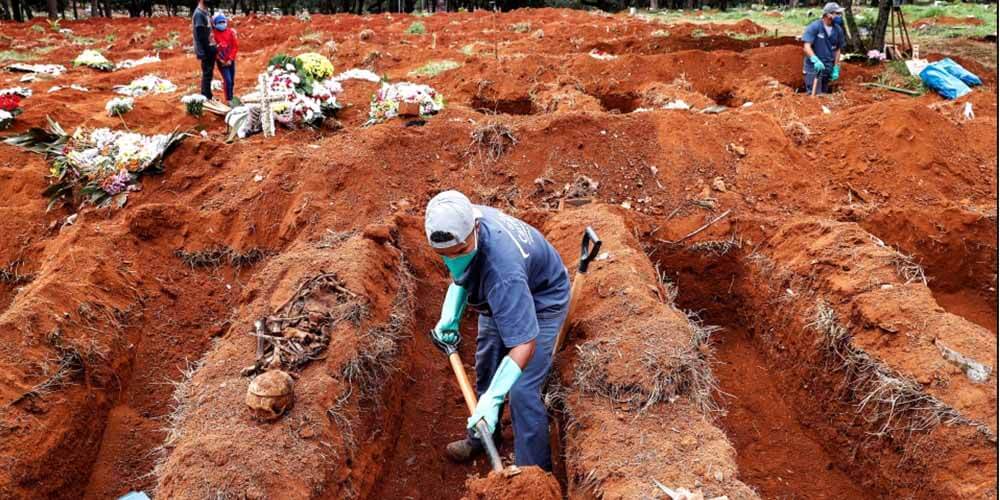Koma is a relatively primitive hill-dwelling ethnic group in northern Adamawa, in the Altantika Mountains which shares a border with Southern Cameroon.
There are 21 koma villages in the Cameroonian sides of the Altantika Mountains and 17 villages in Nigeria sides.
The largest towns in Koma area are, Mani, Chonha, Nassaraw Koma, Tantille and Ba-usmanu.
The Koma people became recognized as Nigeria in 1961, a year after independence, along with the provinces in Cameroon, Today Koma is part of districts of Jada Local Government in Adamawa State.

The hill was discovered in 1986 by a corp member.
The Koma has their own language known as Koma, with an estimated 61,000 speakers, it is a member of the Niger-congo Family.
The Koma people are divided into three main groups, the hill-dwelling Beya and Ndamti, and the Vomni and Verre lowlanders.
They are committed to thier traditional cuture, the man wear loincloths and woman wear fresh leaves.
Customarily inheritance in Koma is in the maternal lineage, As a mark of acceptance and friendship, a Koma may share his wife with friends, especially visitors.

They have an average population of about 400 people per village, and many engage in rearing of animals.
Among the Komas, a twins birth is regarded as Evil, and twins are considered abominable so much so that until recently babies of multiple births use to be buried alive with the mother who had misfortune of being thier mother.
Komas people practice the three major religions in Nigeria, 60% of them are christians, 30% are traditionalist and 20% Muslim.
The late colonel Yohanna madaki visited the mountains in 1983, at the insistence of the first set of corps member posted to the lowlands.




